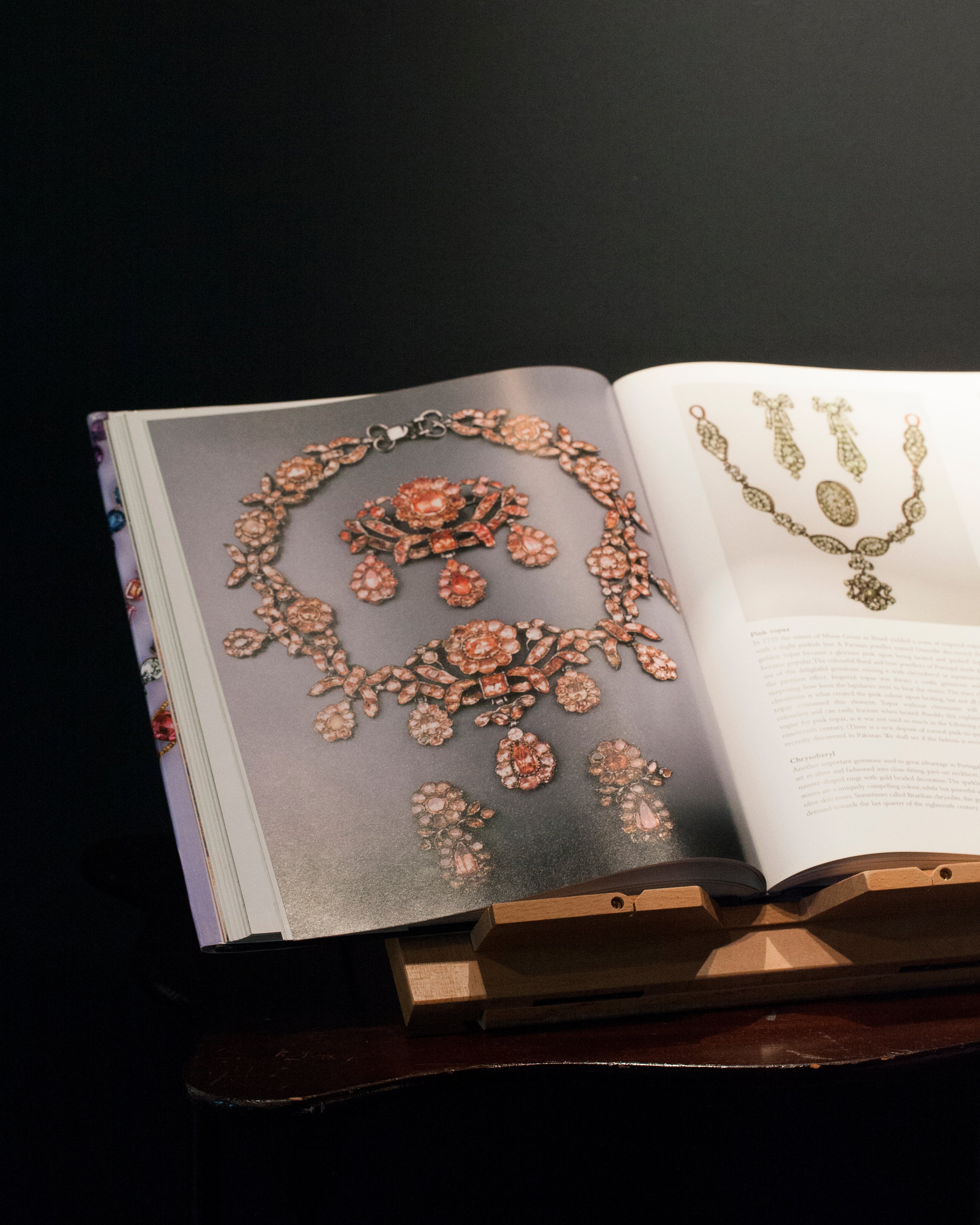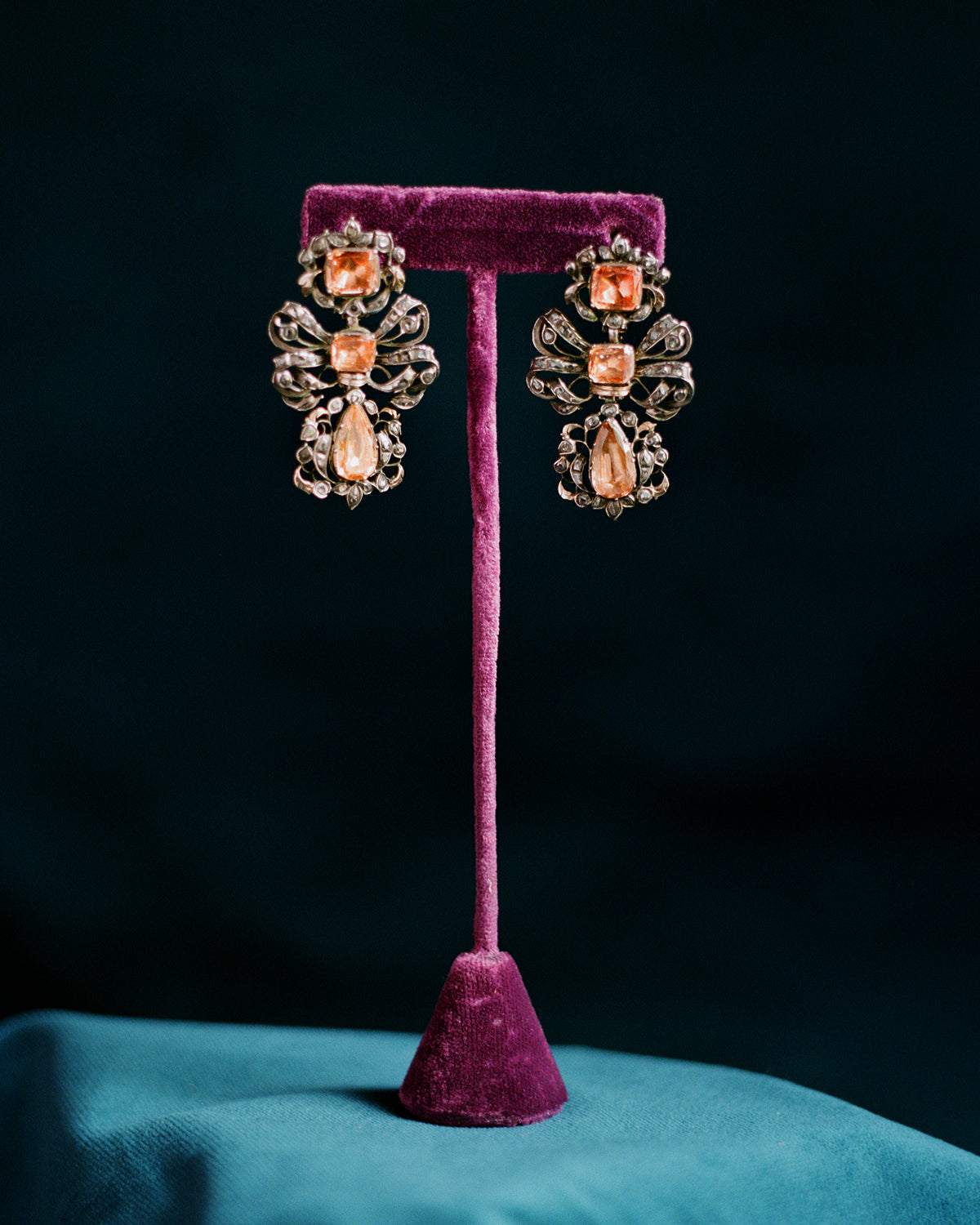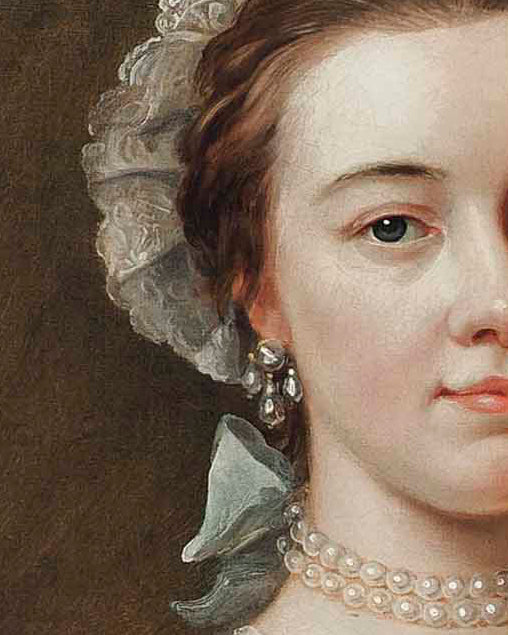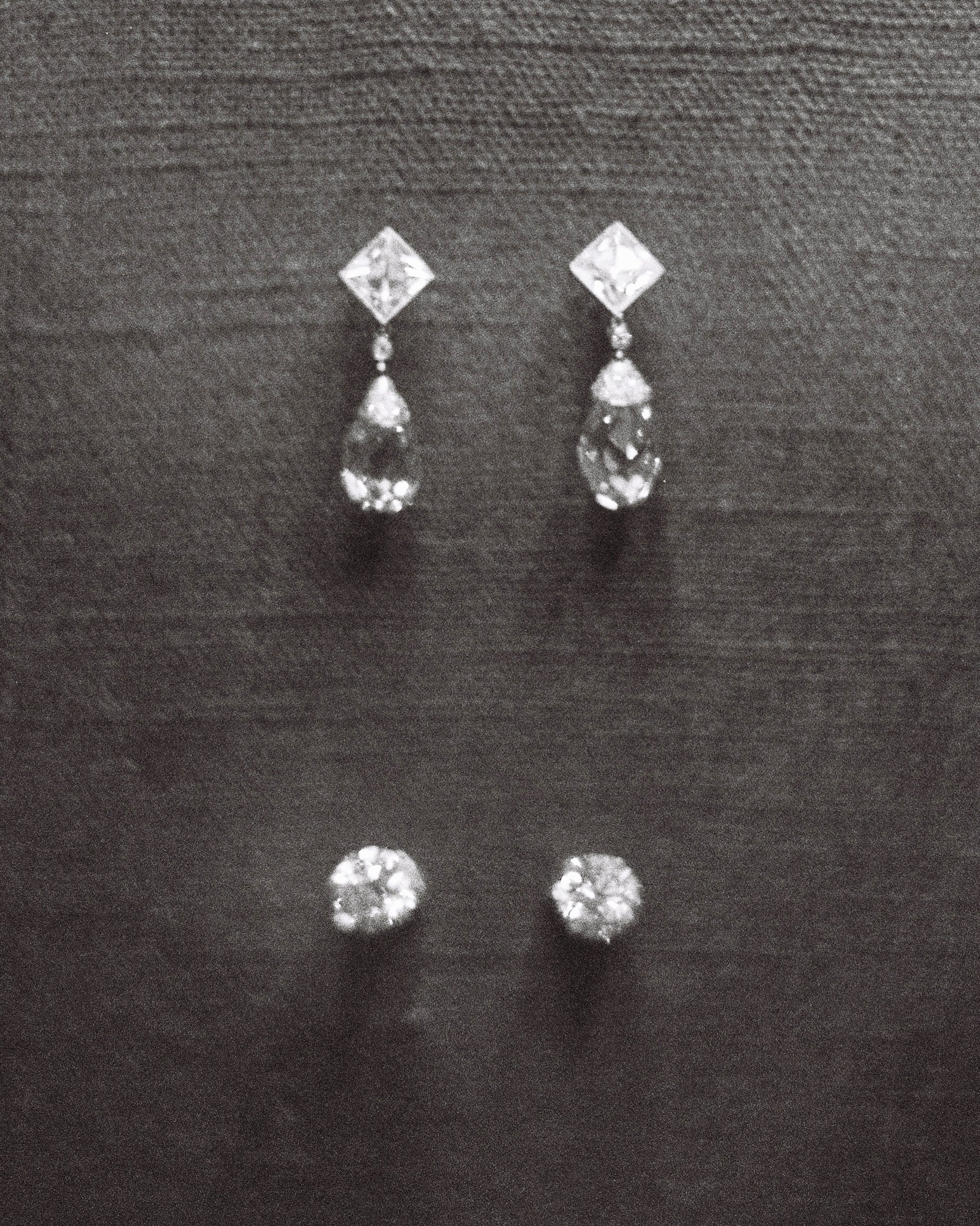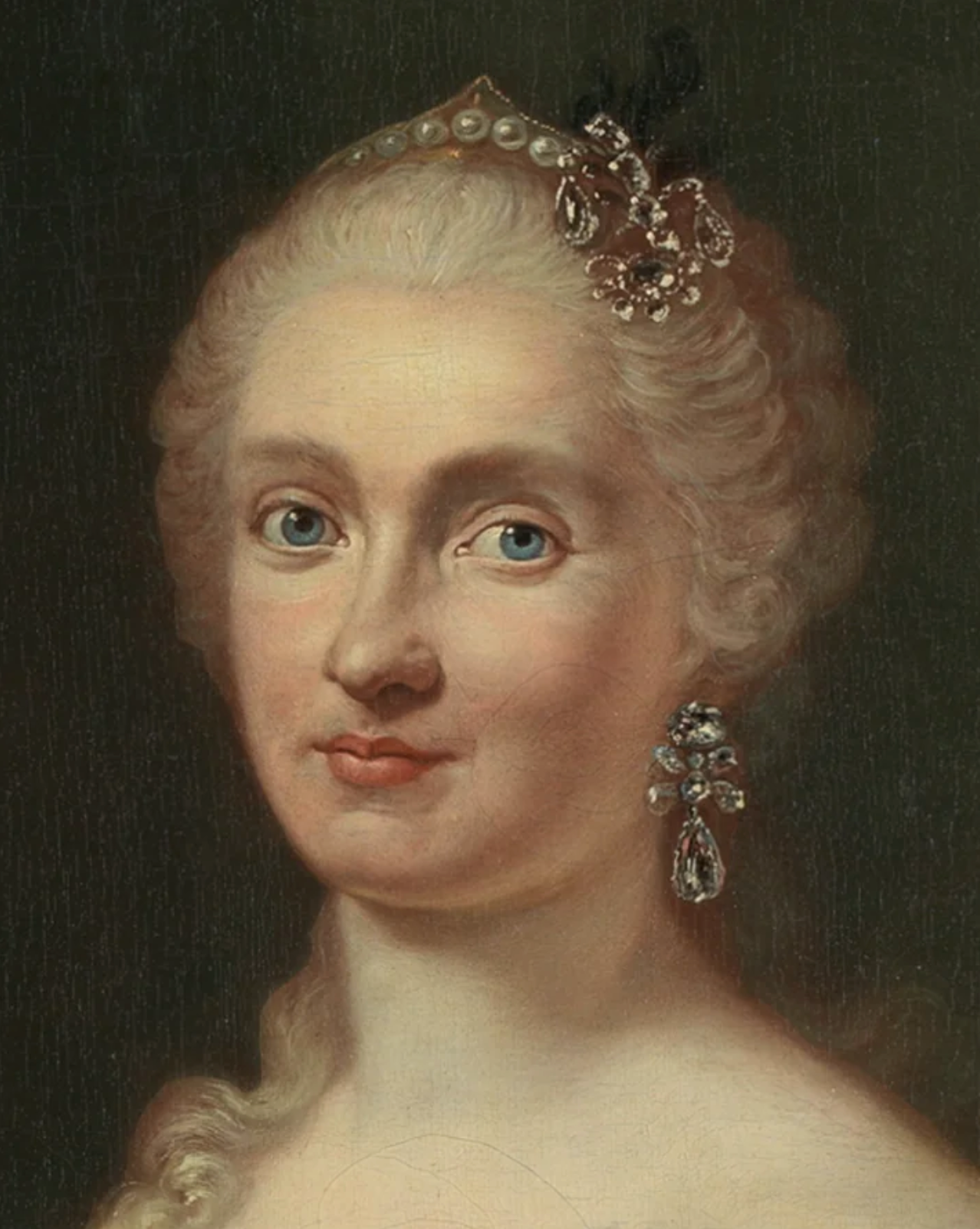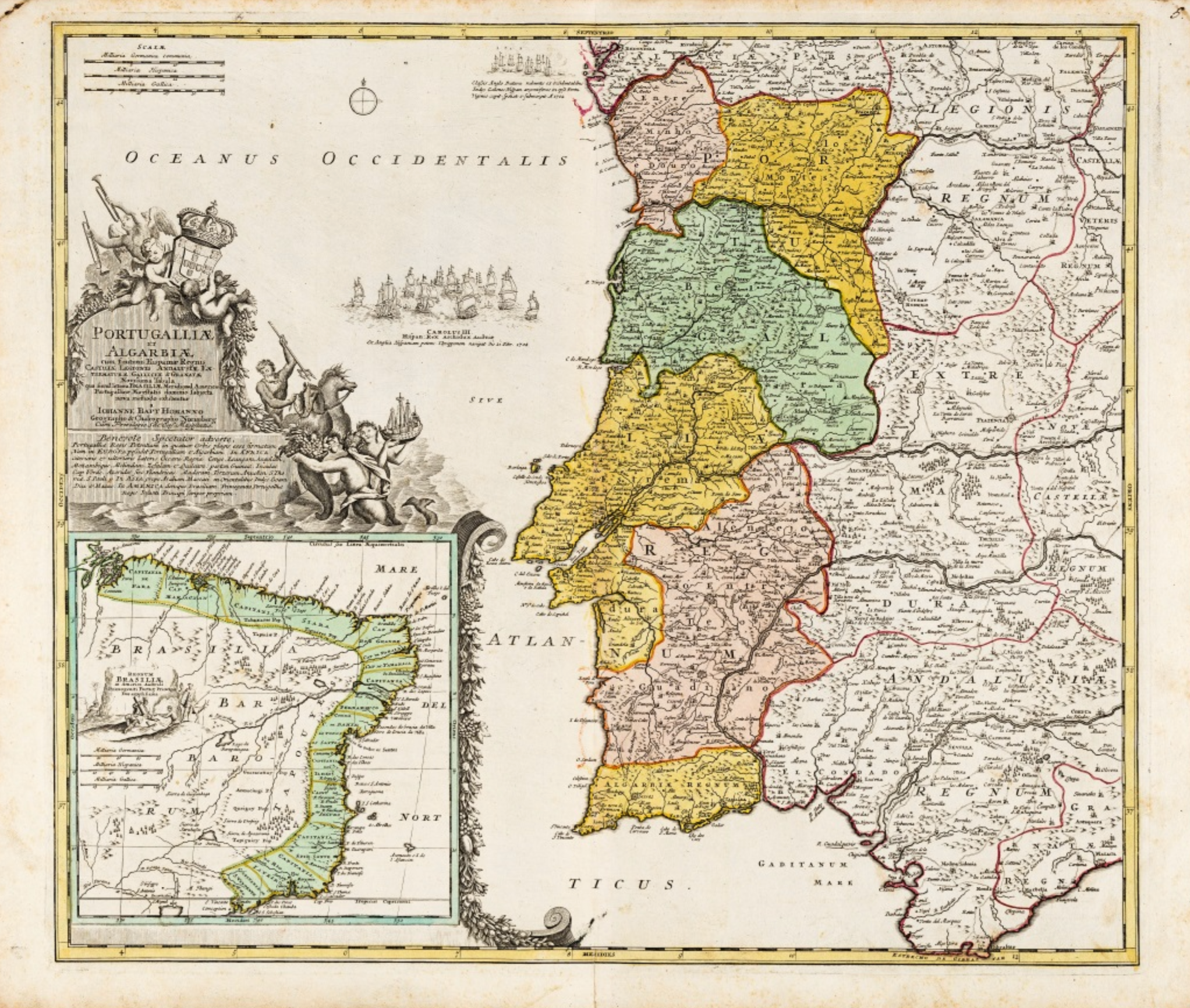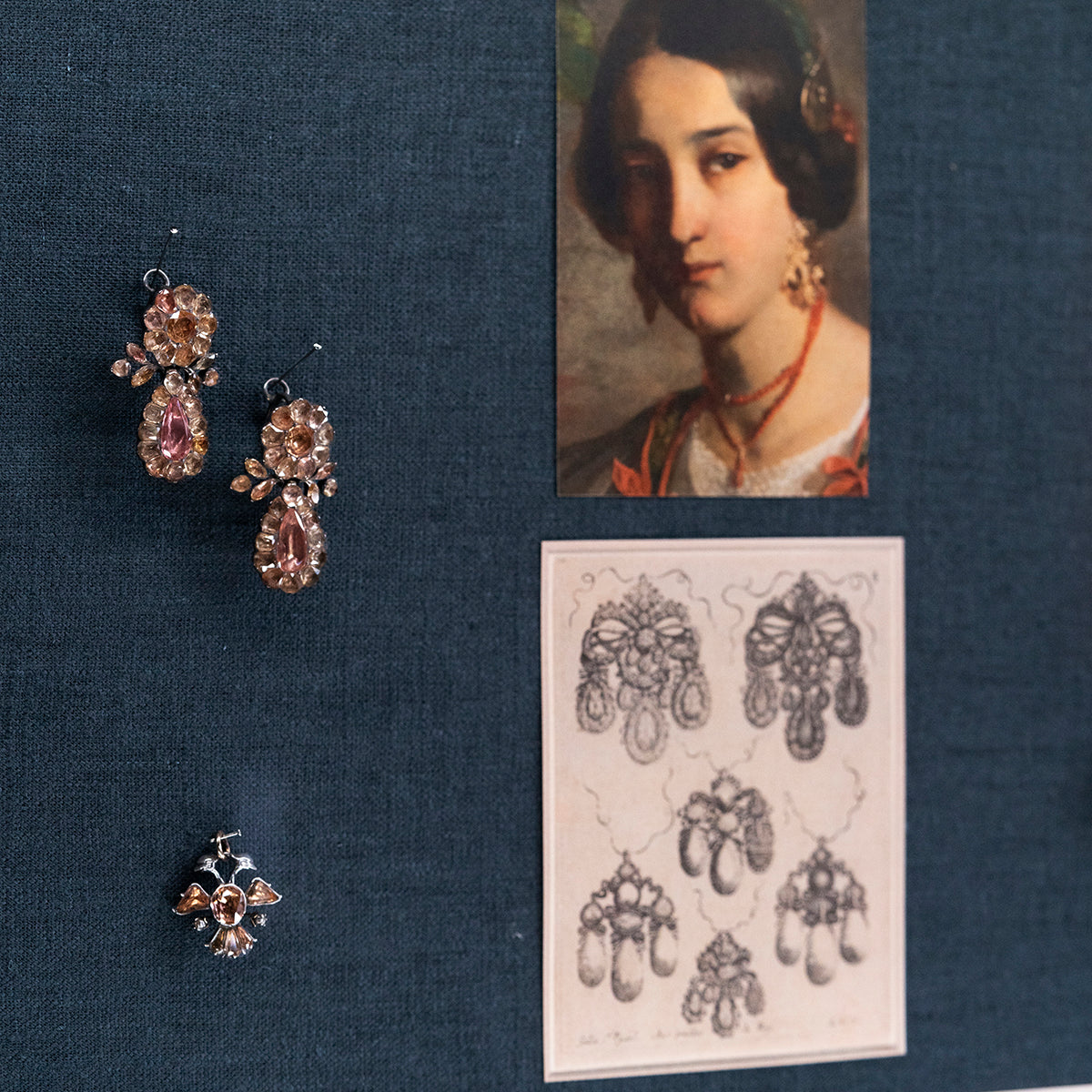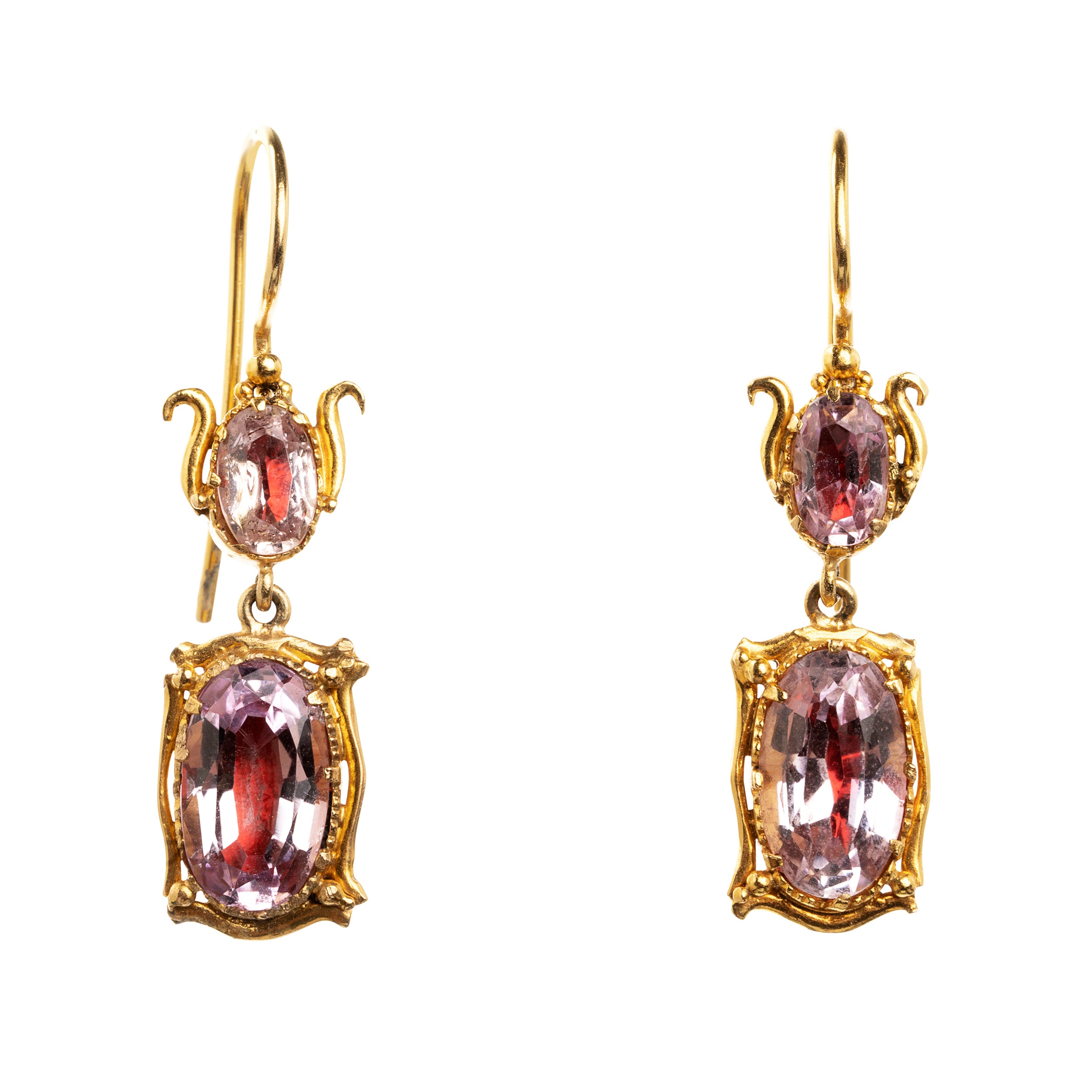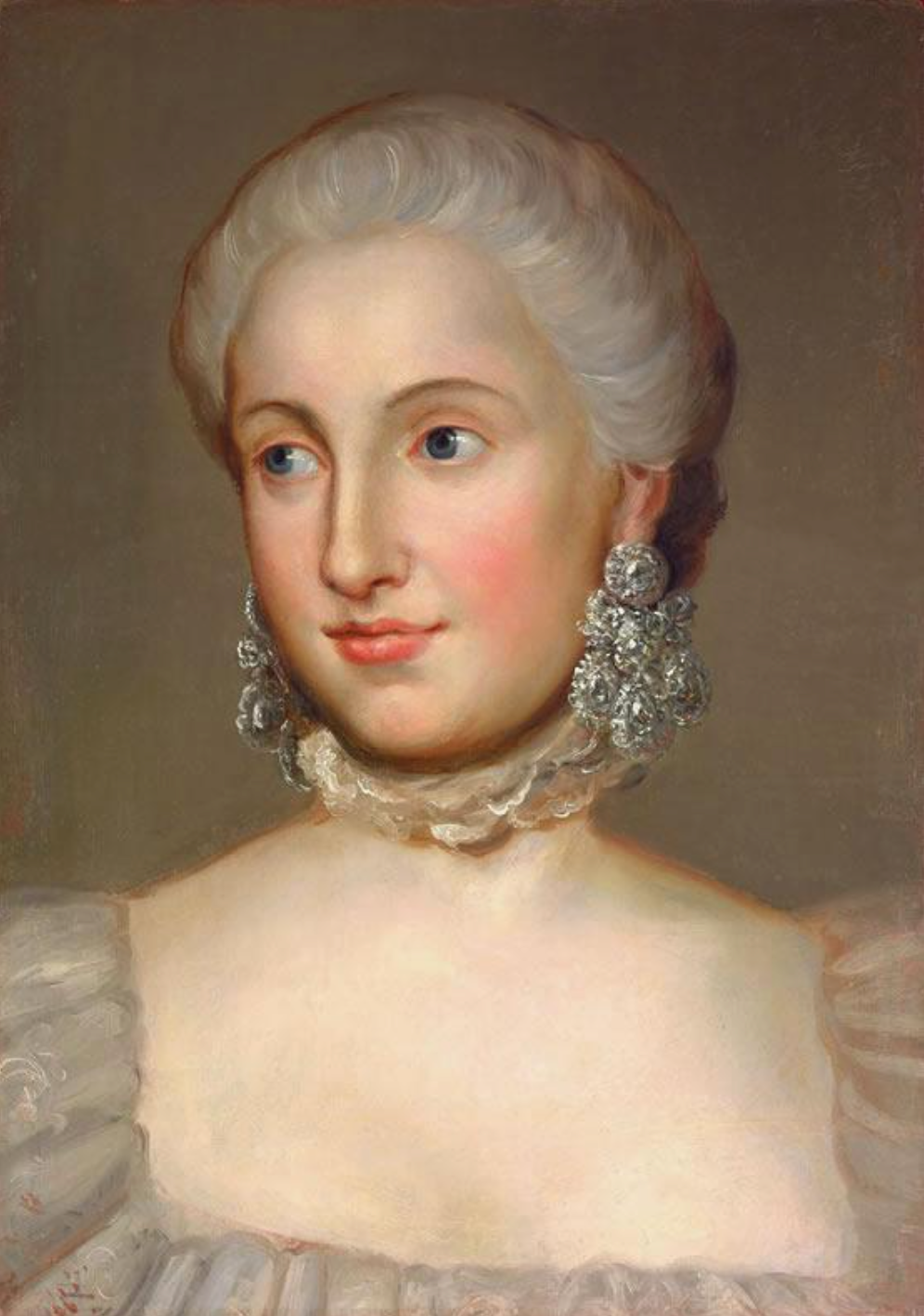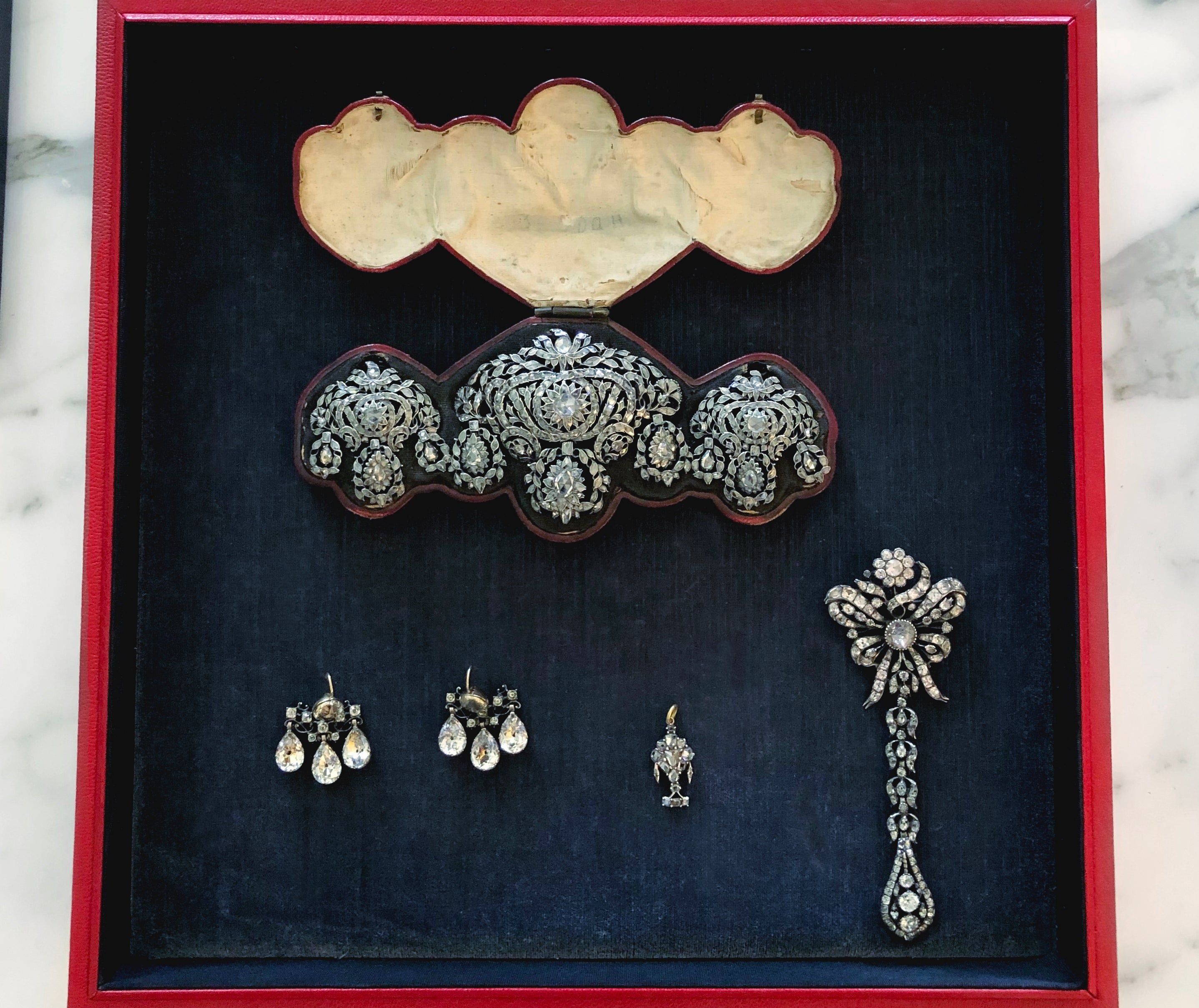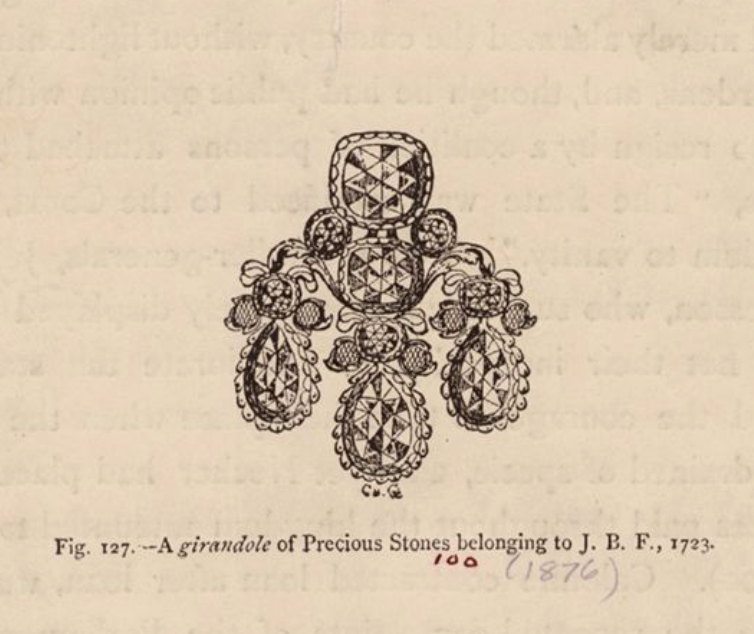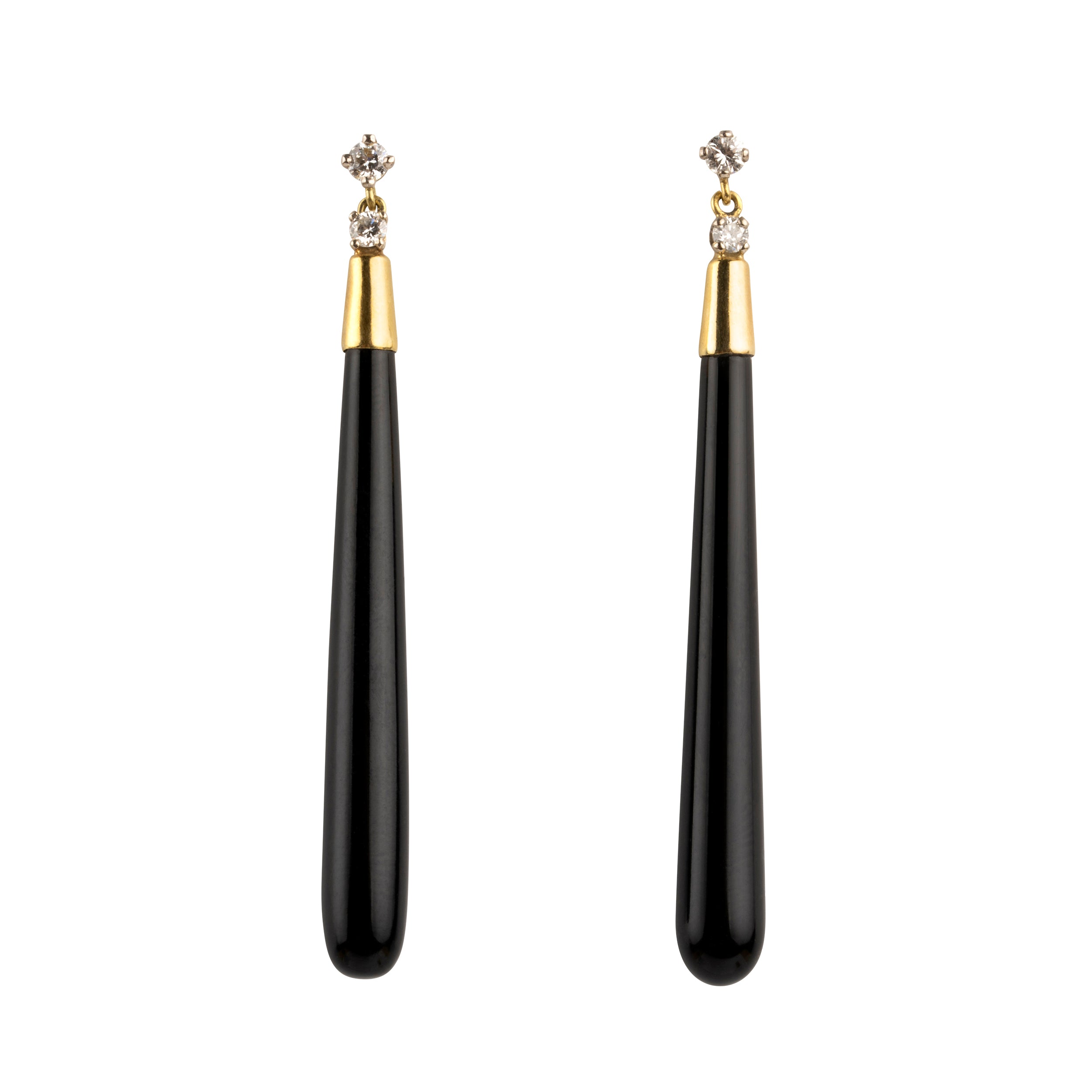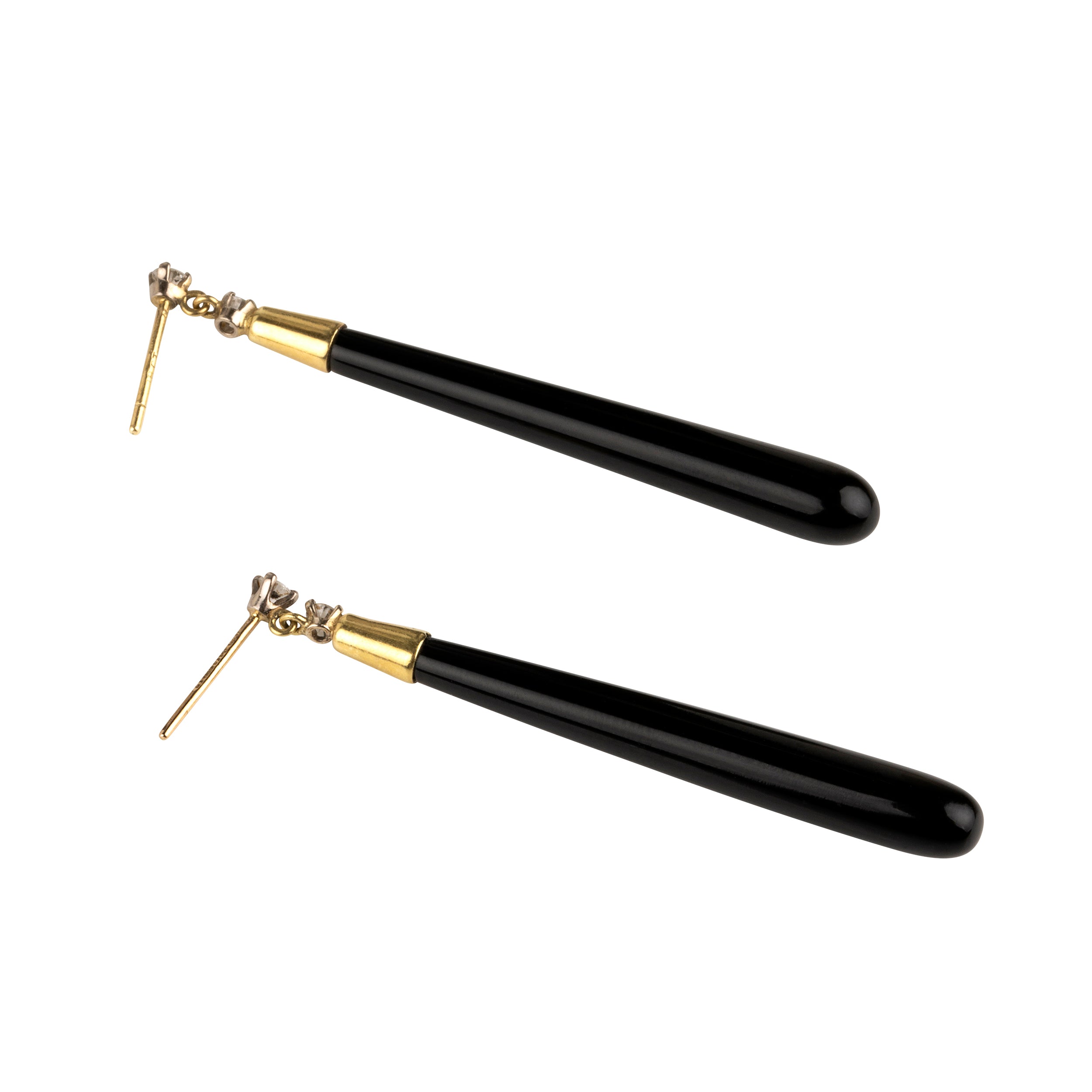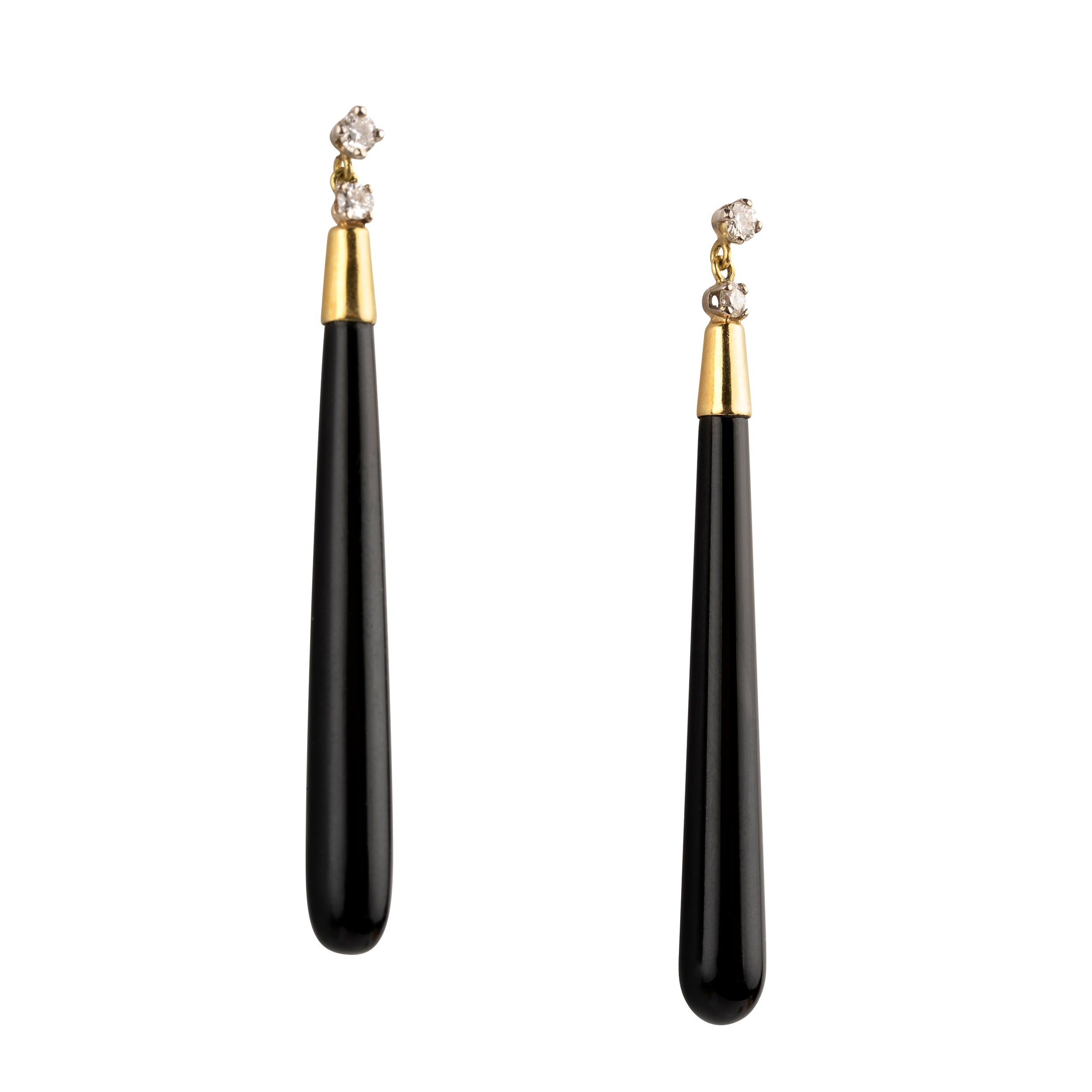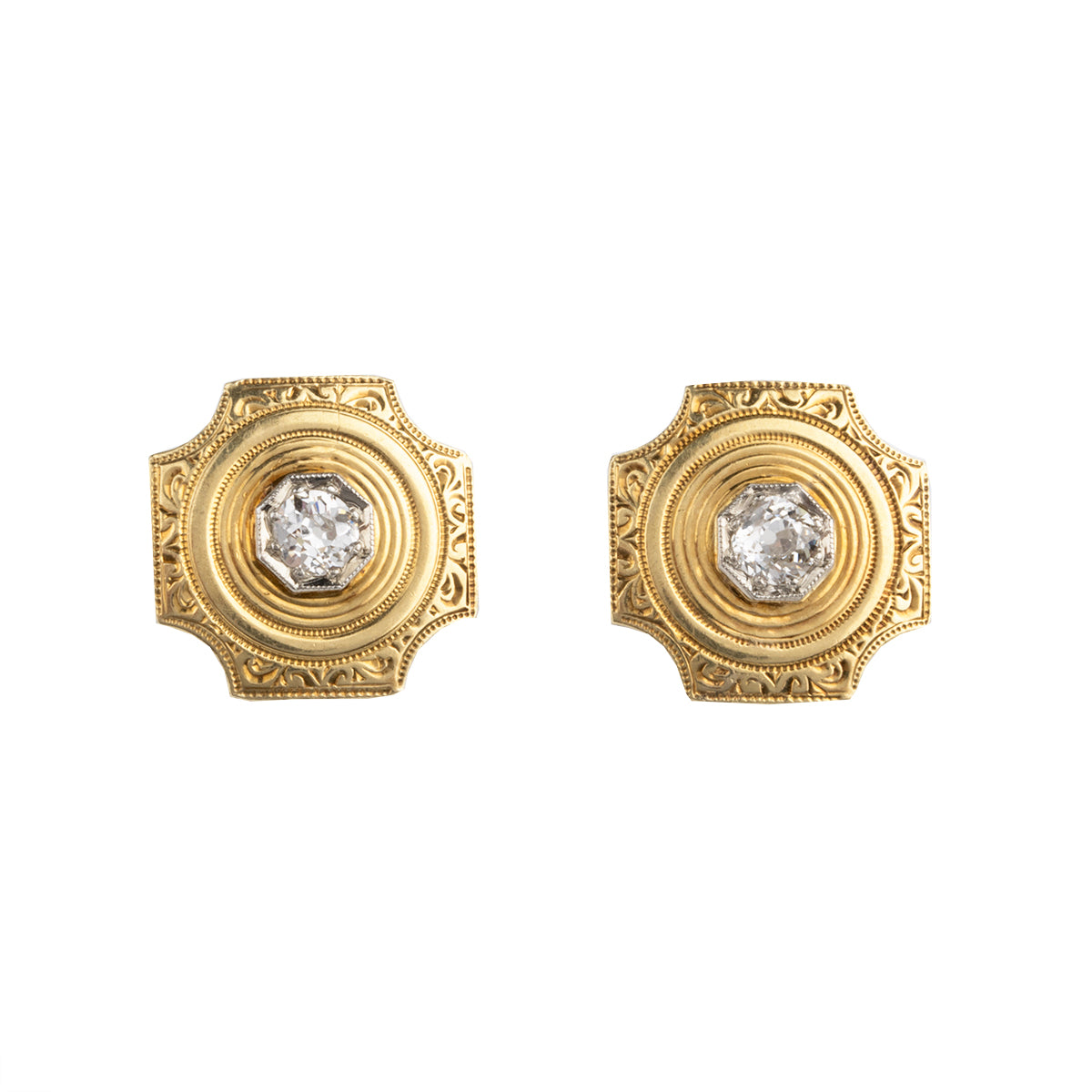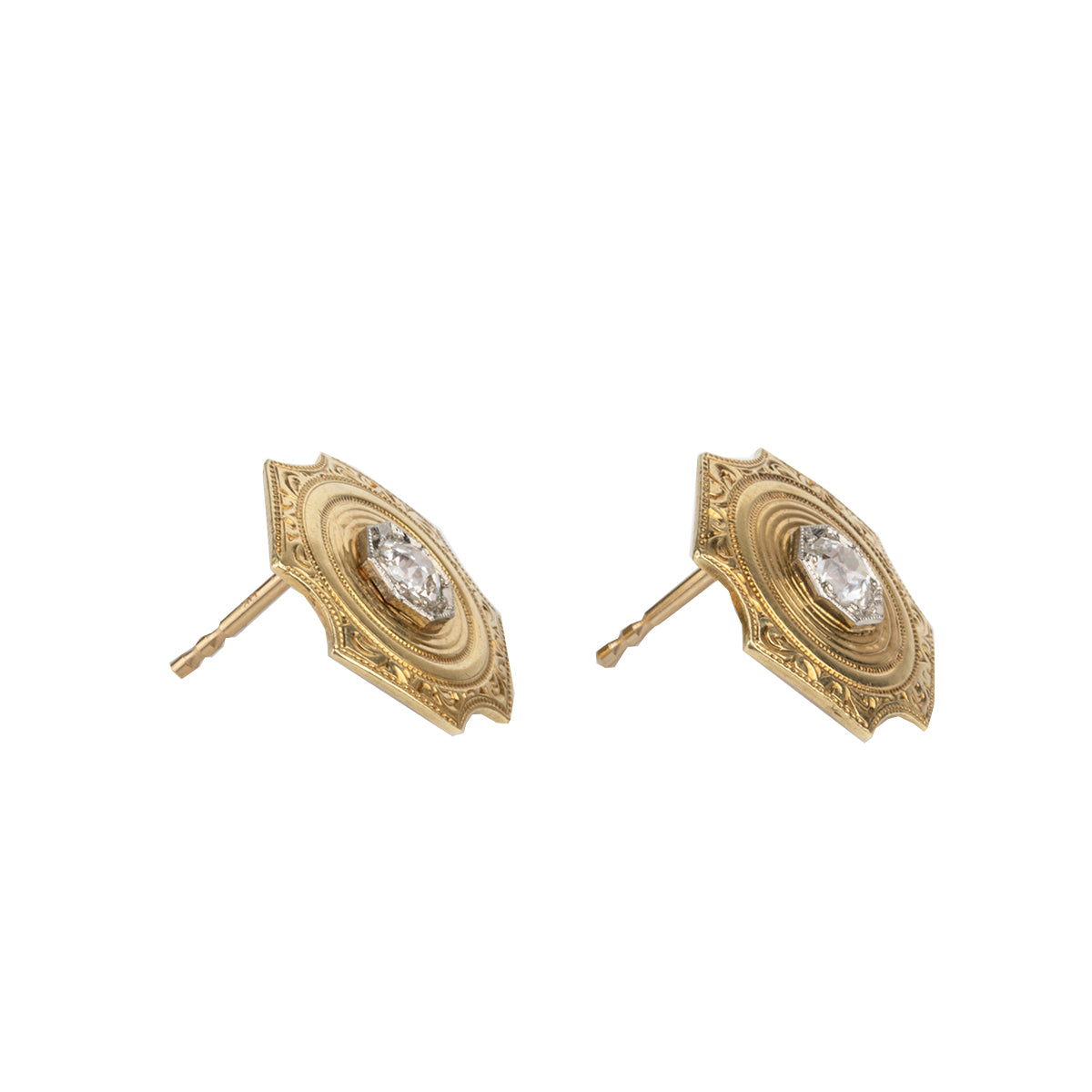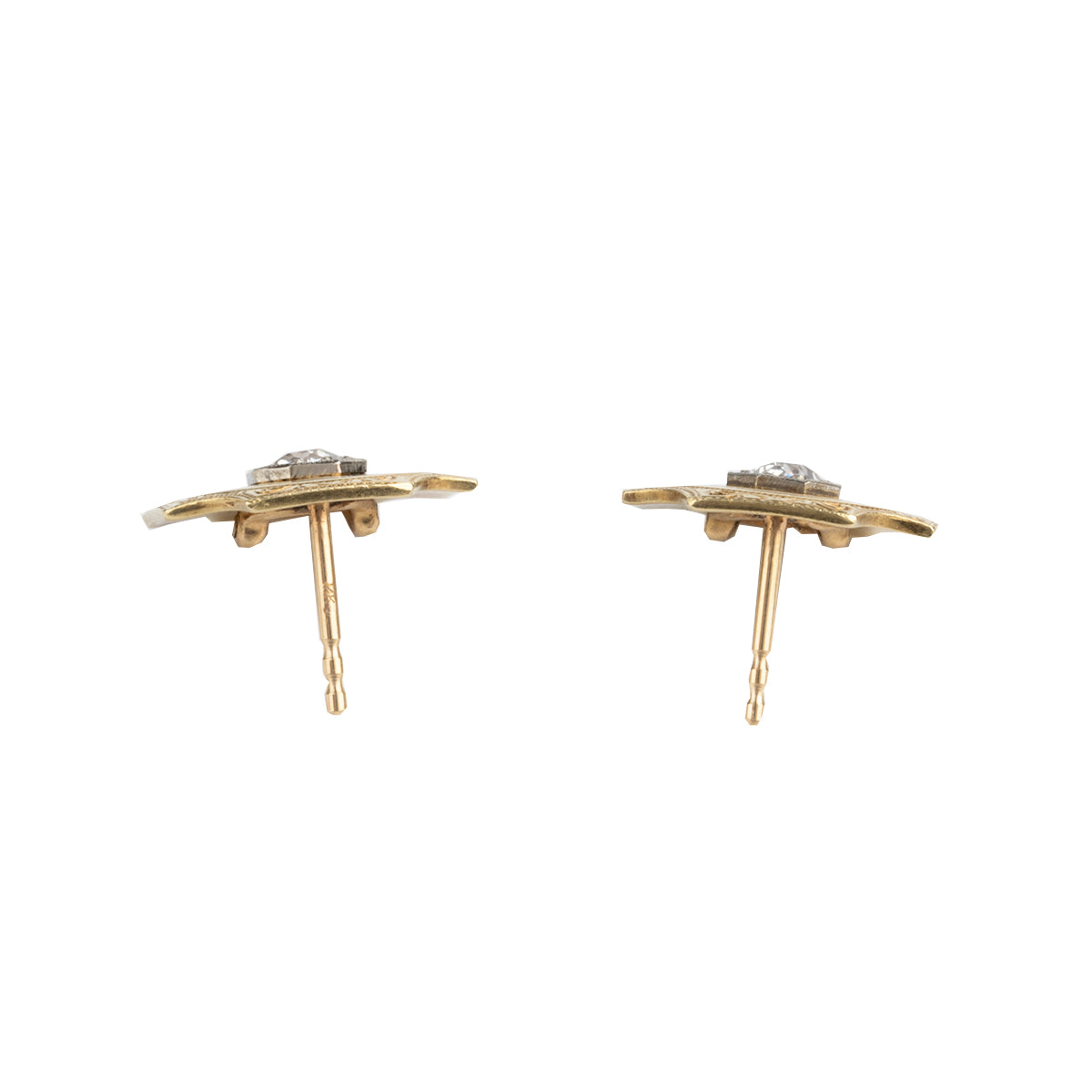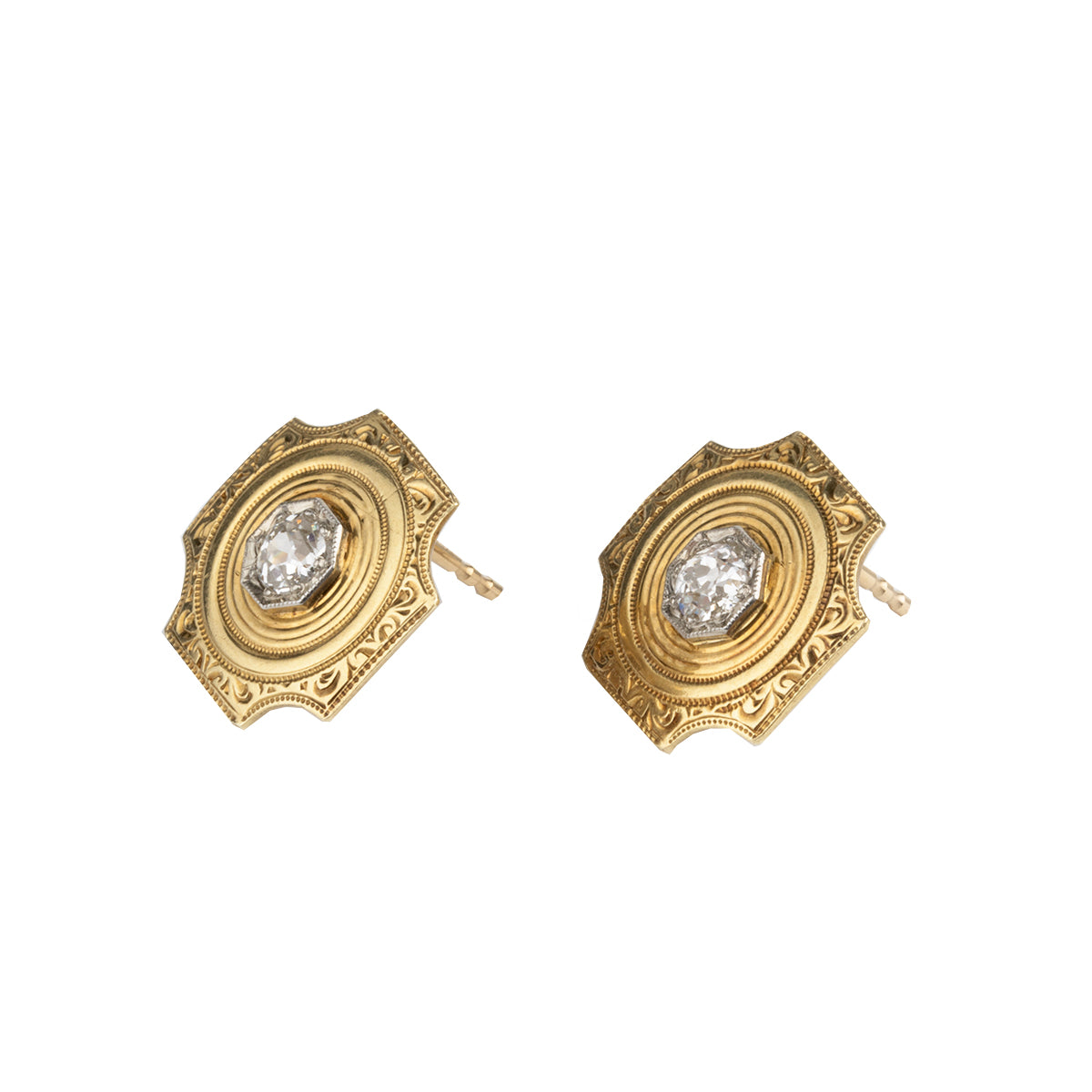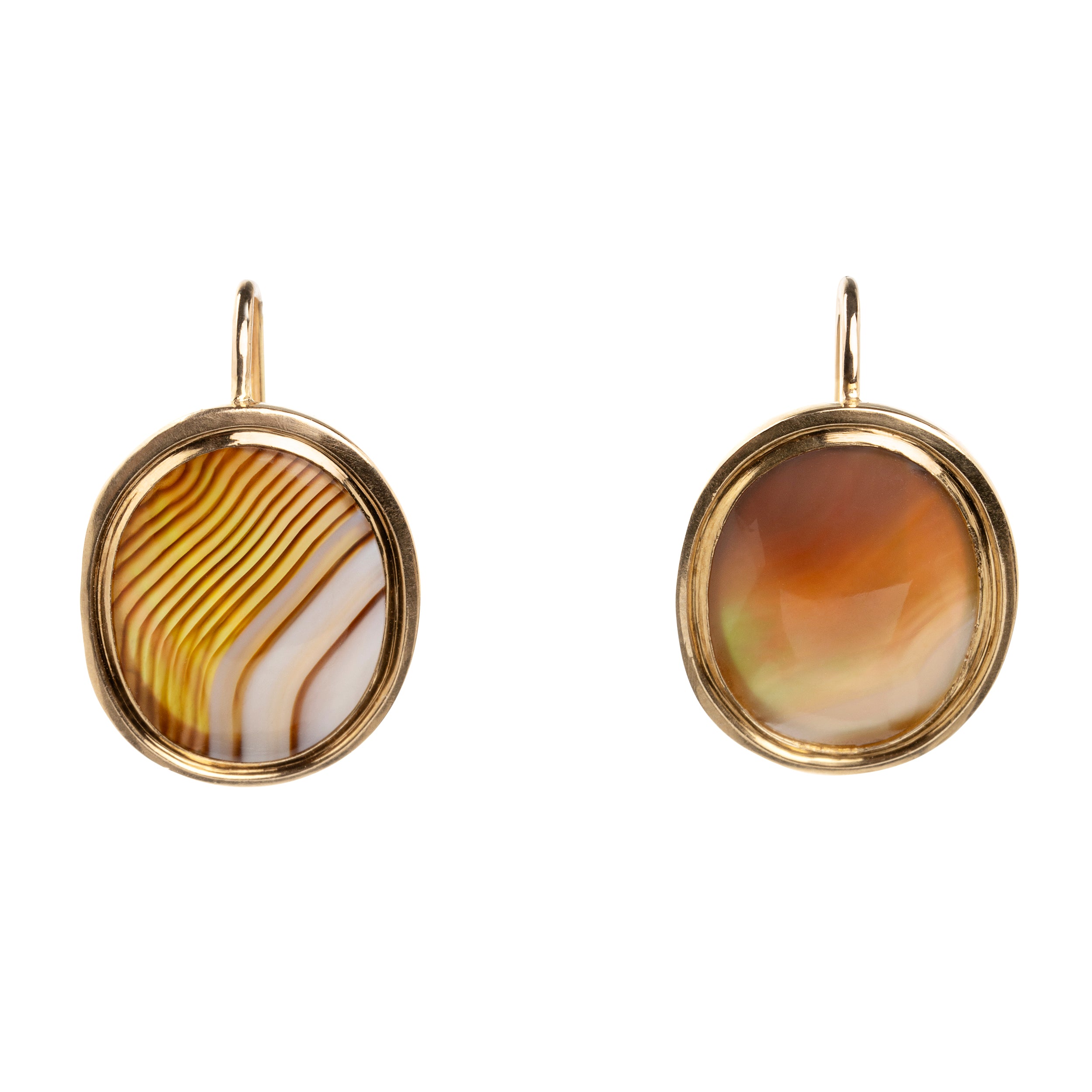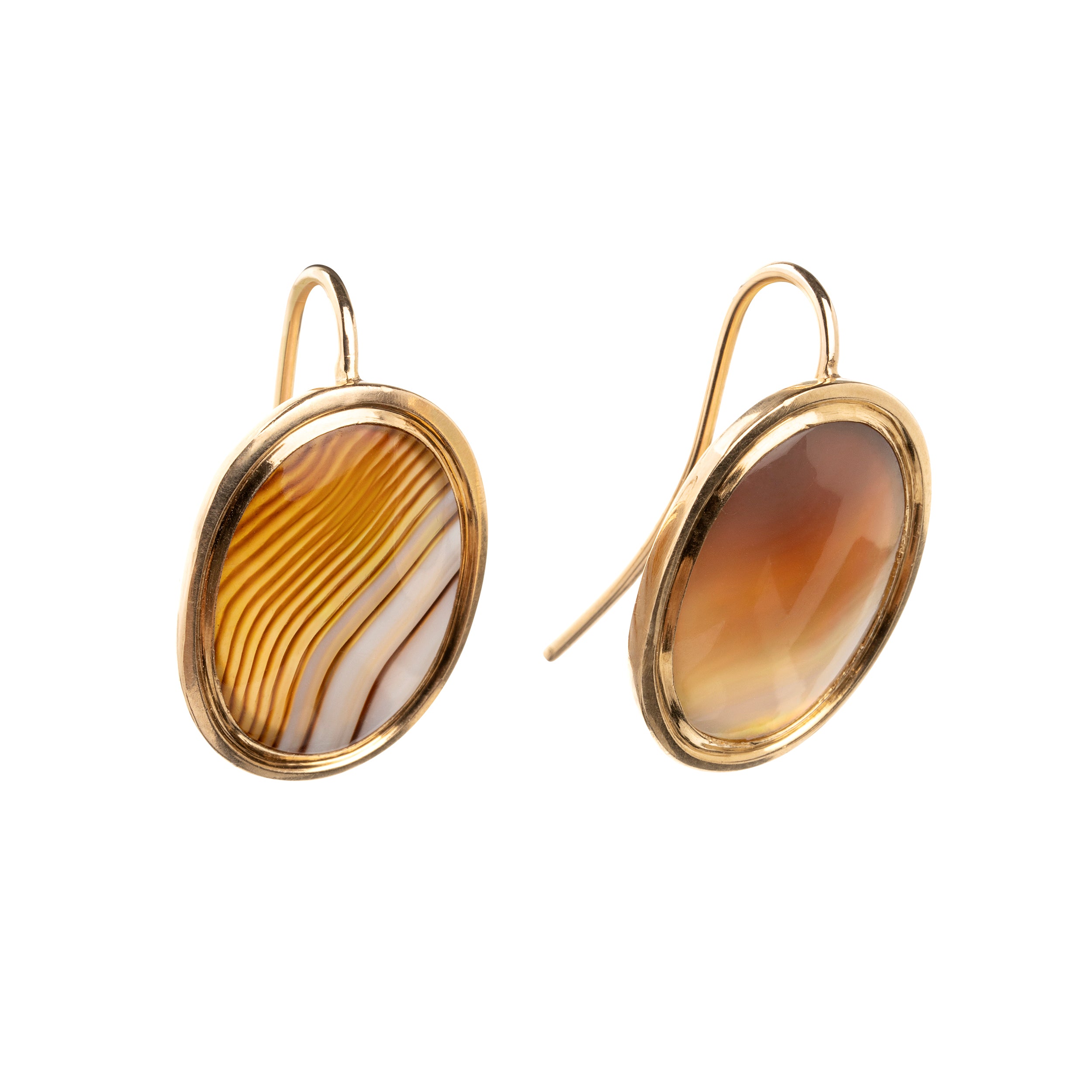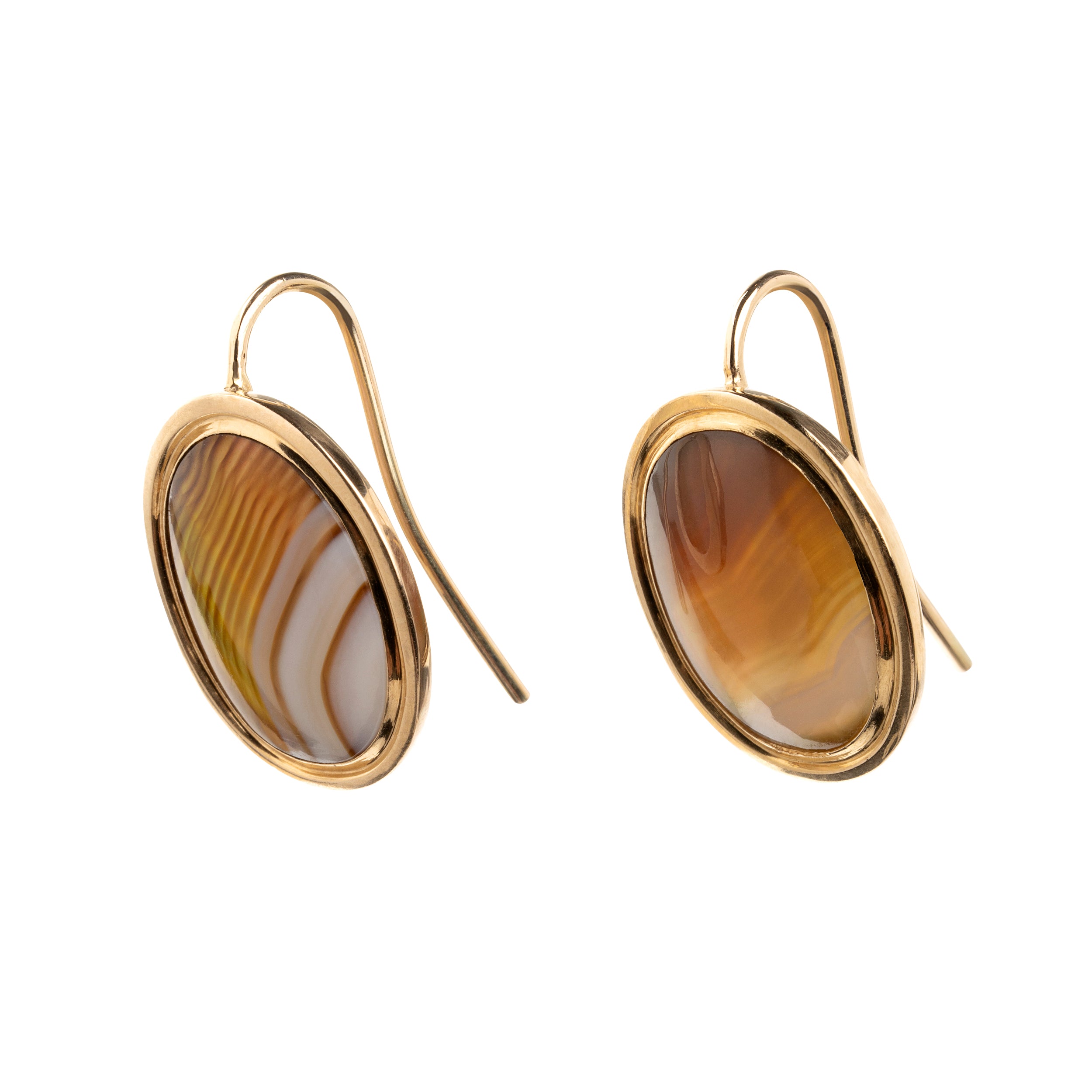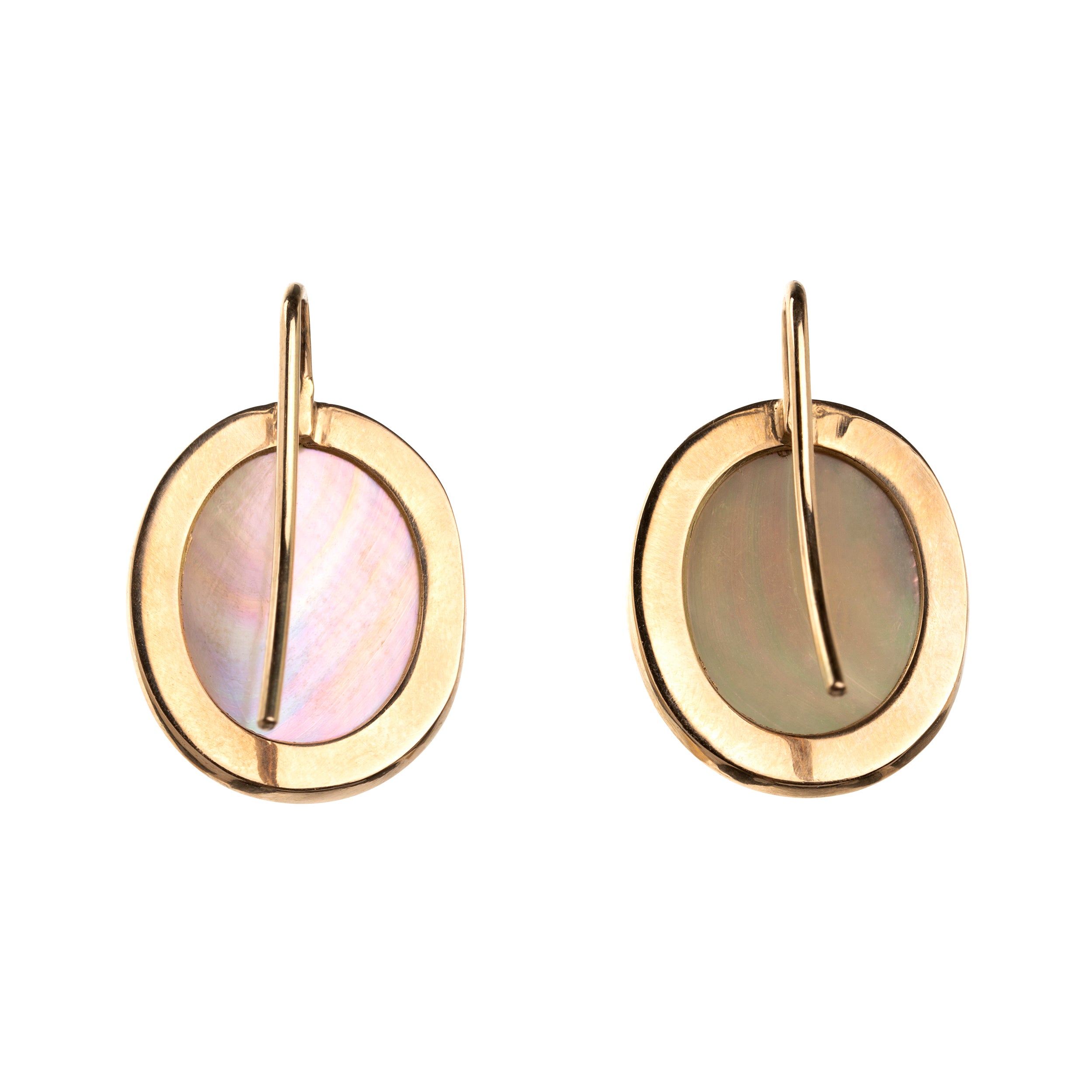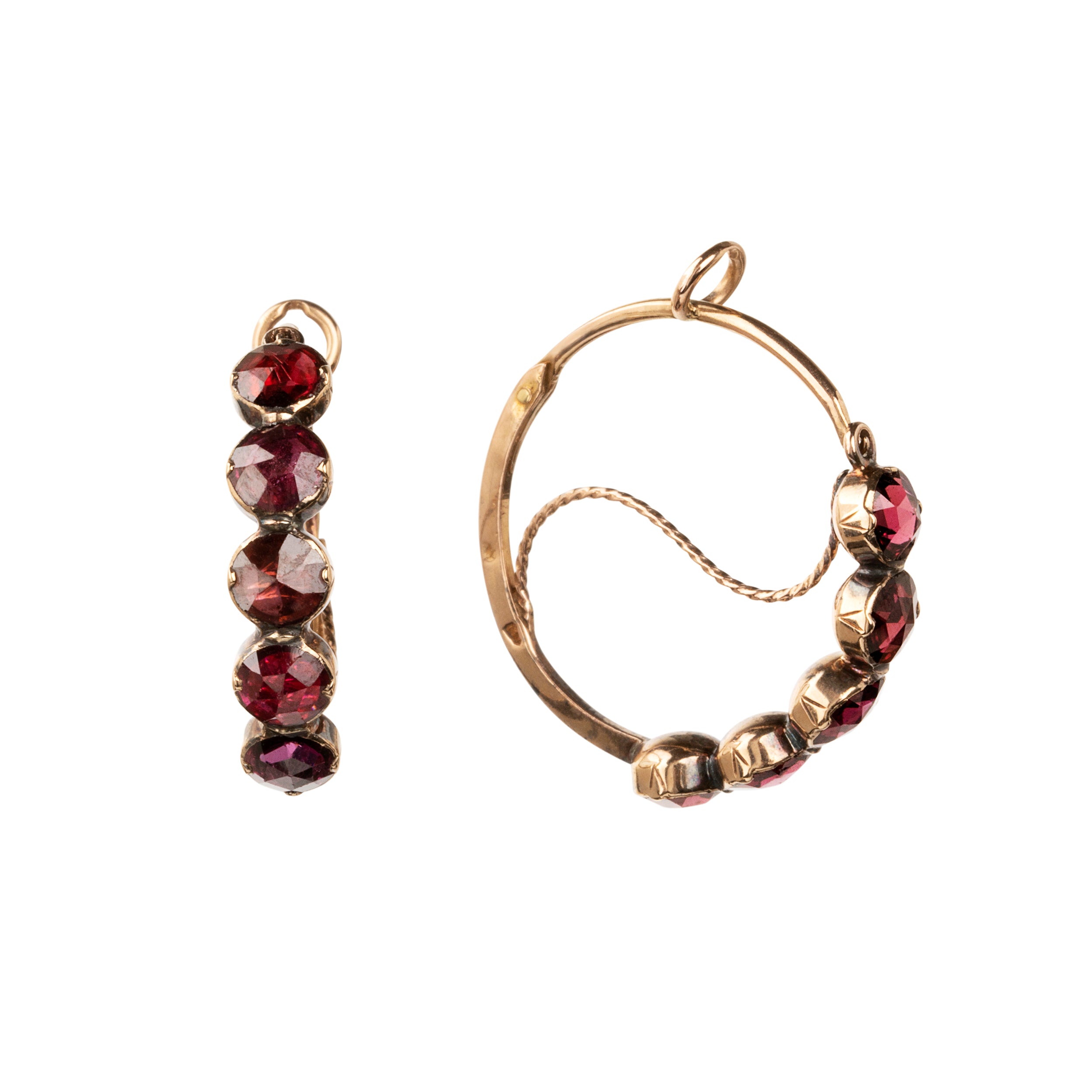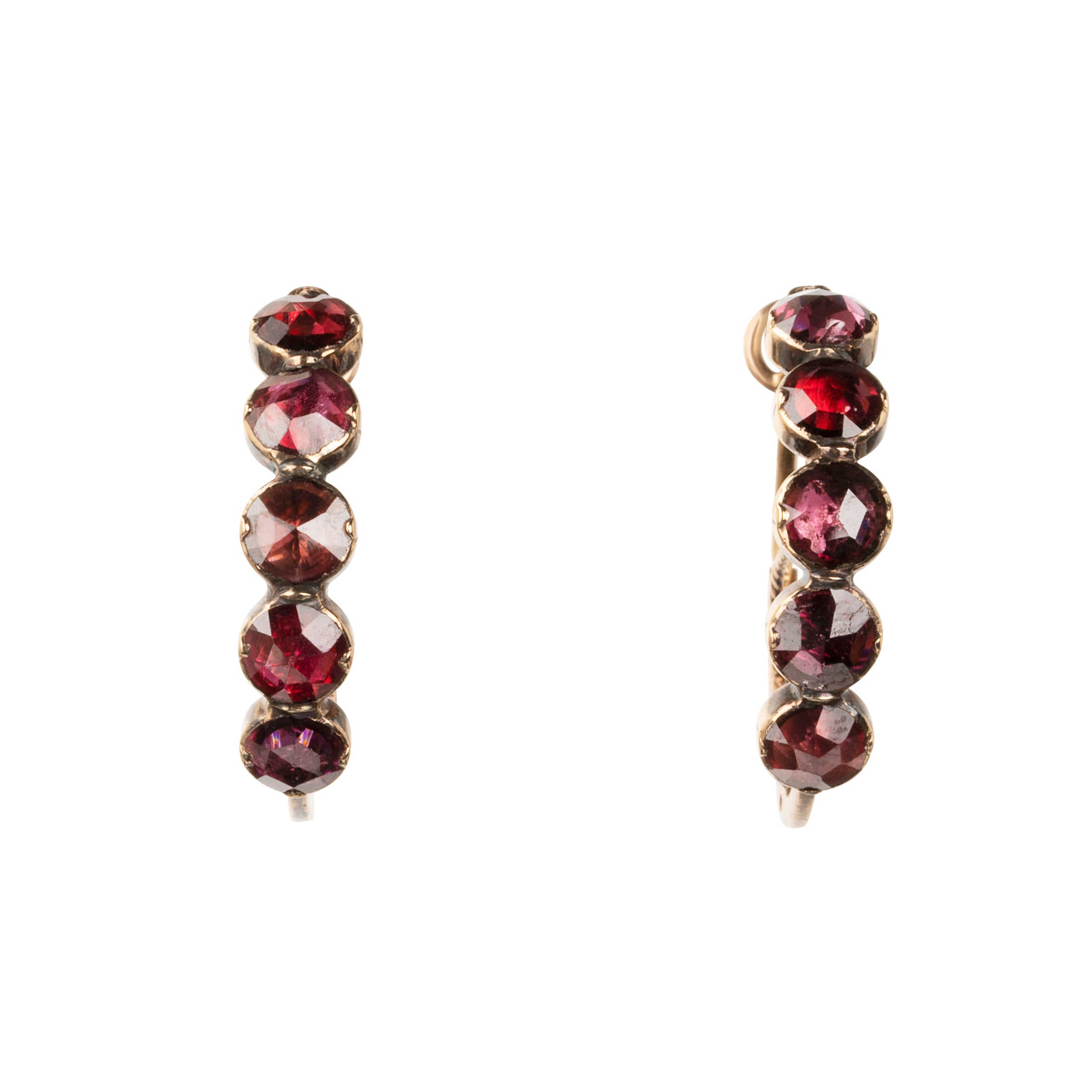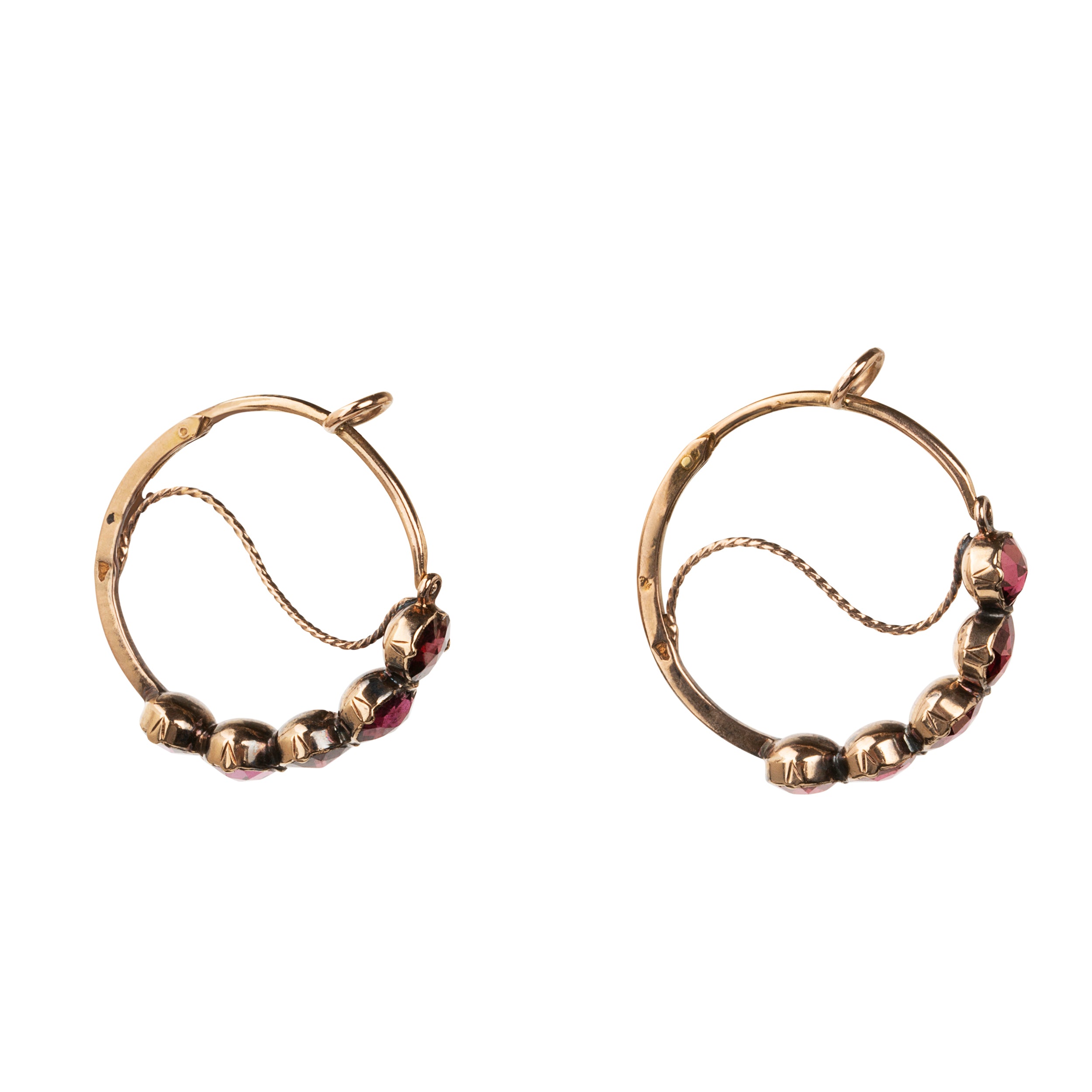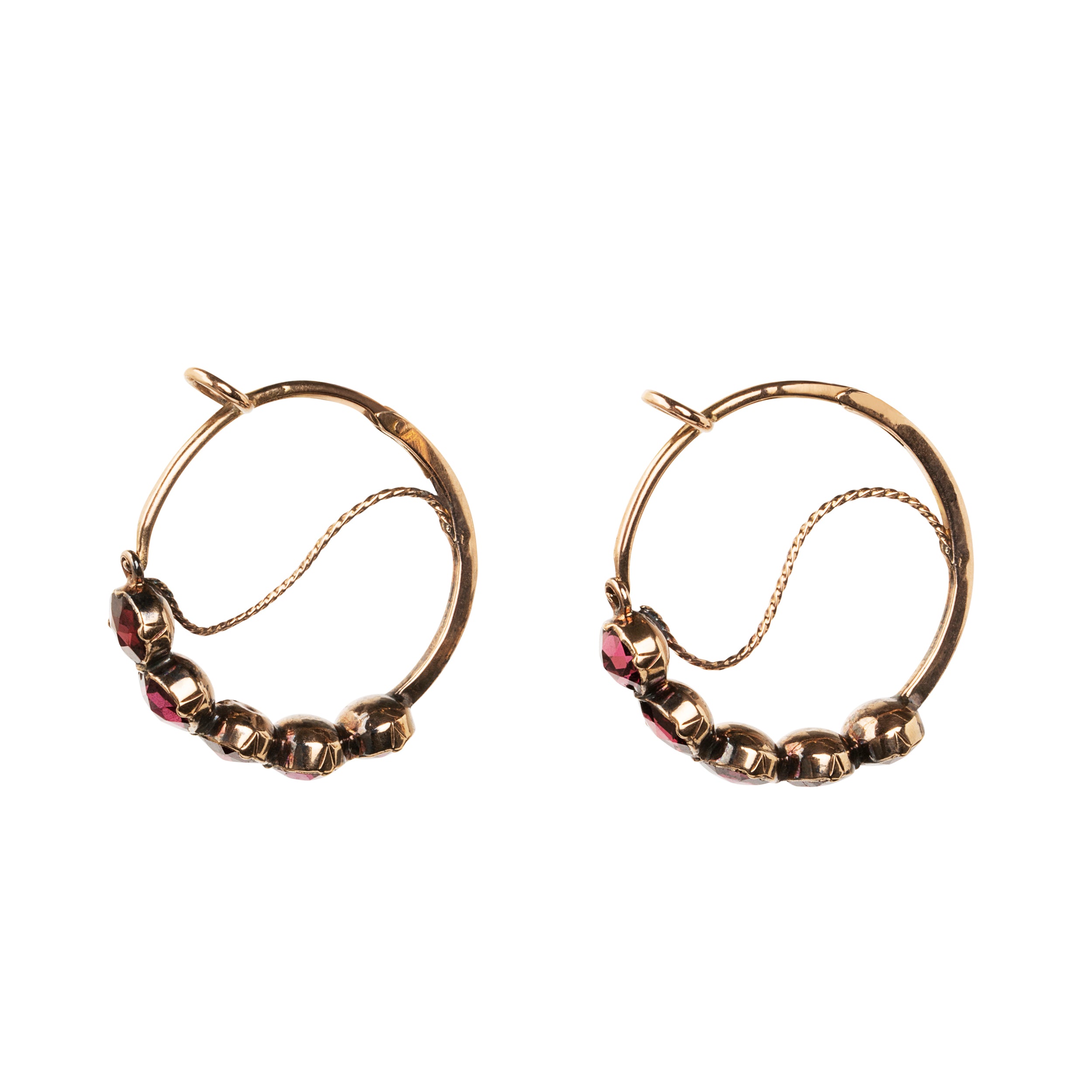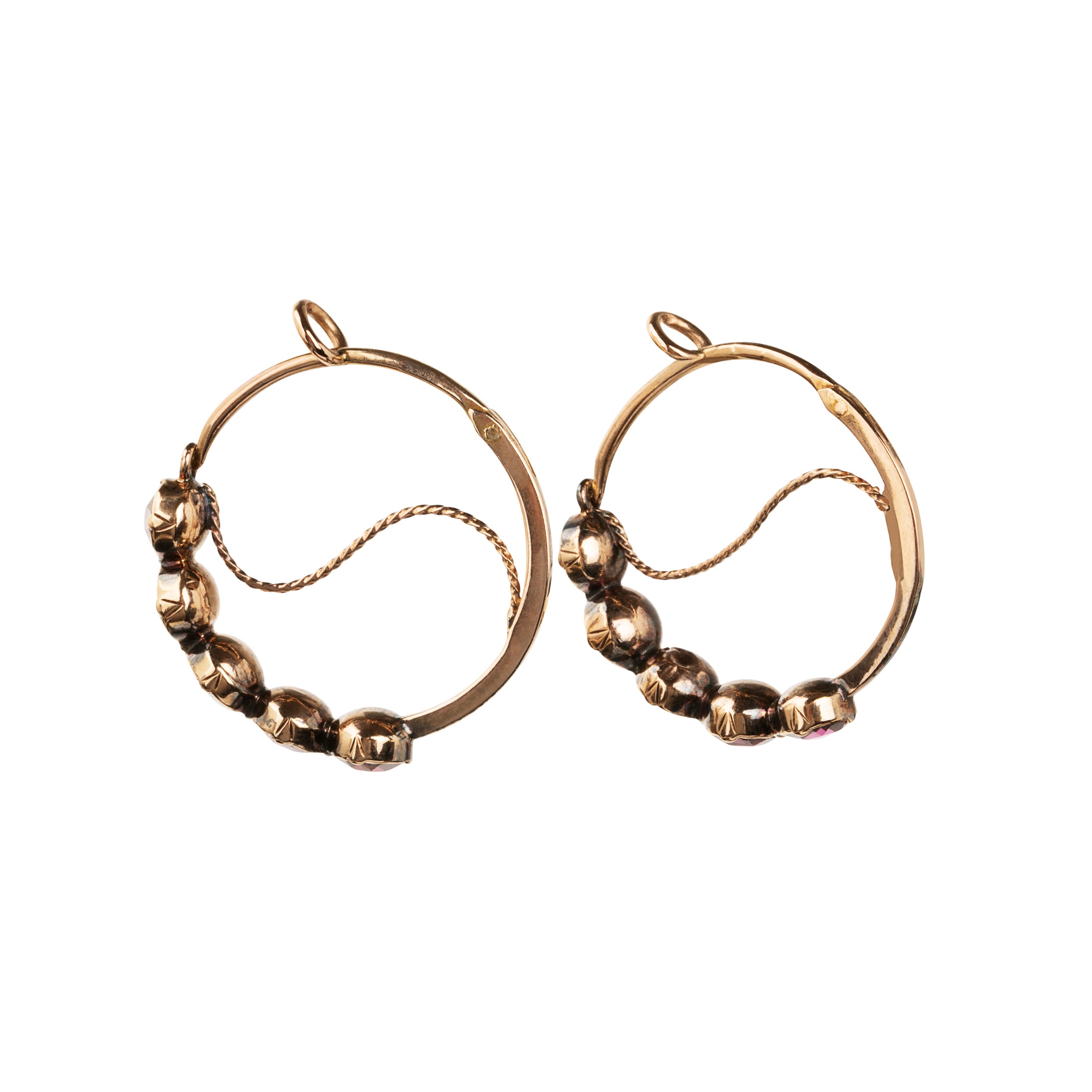Three hundred years of earrings
Presenting a digital collector's guide showcasing earrings. While by no means comprehensive, this overview will touch on the many styles and motifs popular throughout the last three centuries.
*Bell & Bird Diamond Earrings
The pendeloque shape came into fashion because its length counterbalanced the extreme height of hairstyles of the time. The elaborate padded wigs were highly impractical and must have been terribly uncomfortable, and making it difficult to fit into a coach. Satirists of the time showed servants employed to hold up the weight of the hair or attend to hair from ladders. The majority of pendeloque earrings were set with diamonds, but few have survived since the settings were melted down and the stones reset as fashion changed. Most remaining examples are set with colorless pastes, white topaz, or rock crystal, as their materials did not constitute destruction.
*Maria Amalia overlooking the Neapolitan crown, by Giuseppe Bonito, c. 1745.
During this time, Portugal controlled Brazil, where topaz was first discovered in the Ouro Preto in 1730. This discovery made Brazil the world's most significant source of topaz. Europeans particularly sought after the golden-orange and pink hues of Imperial Topaz, which was highly prized in aristocratic jewelry. Before the Brazilian discovery, topaz was primarily sourced from Saxony (modern Germany) and Russia. However, the material was found in smaller quantities and more common colors.
This style emerged mid-17th century and remained popular throughout the 18th century, particularly from the 1720s to the 1780s. The Girandole design was most favored during the Baroque and Rococo periods, especially among European aristocratic women. The design features three dangling pear-shaped ornaments suspended from a central bow motif. These designs were produced throughout Europe, using all manner of gemstones. When the fashion waned, the earrings were often disassembled, and the parts repurposed as pendants and simplified earrings.
*Painting of Princess Isabella Of Bourbon-Parma (1741-1763)
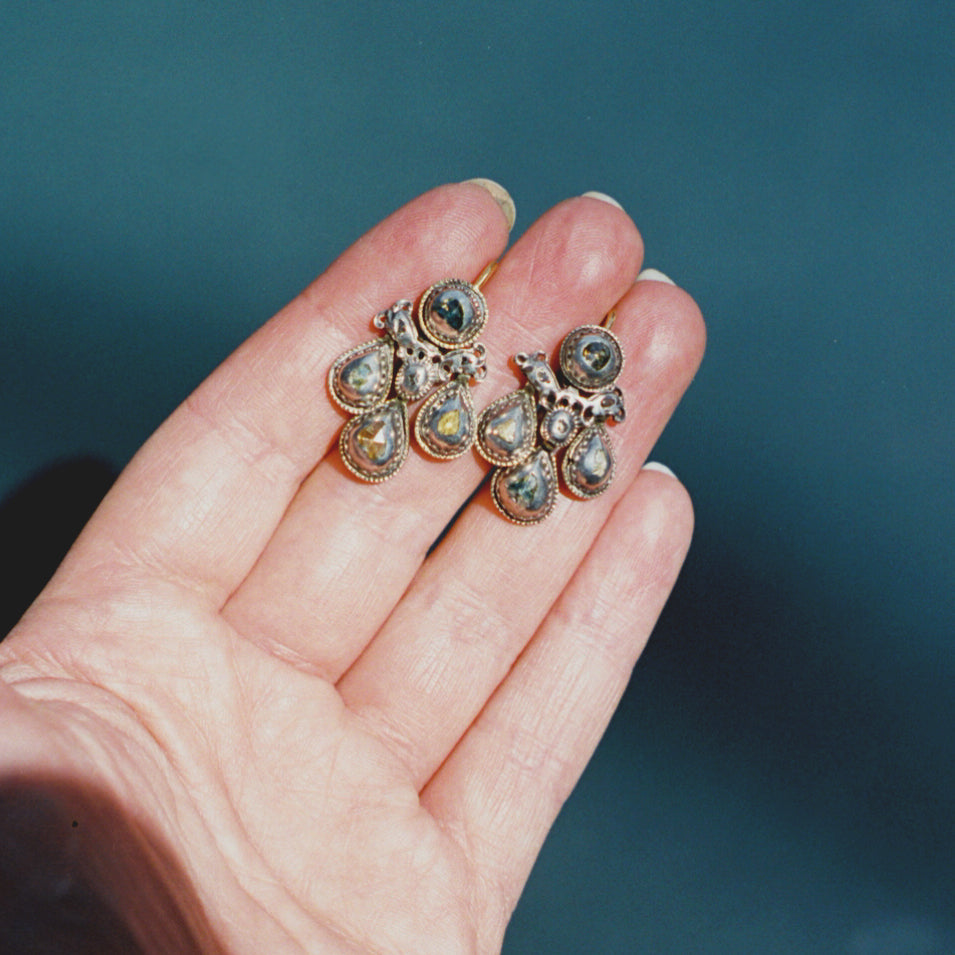
18th century rose cut diamond girandole earrings. Dutch in origin, in silver on gold.Typical to the period, back-to-front fittings.England. Circa 1760.
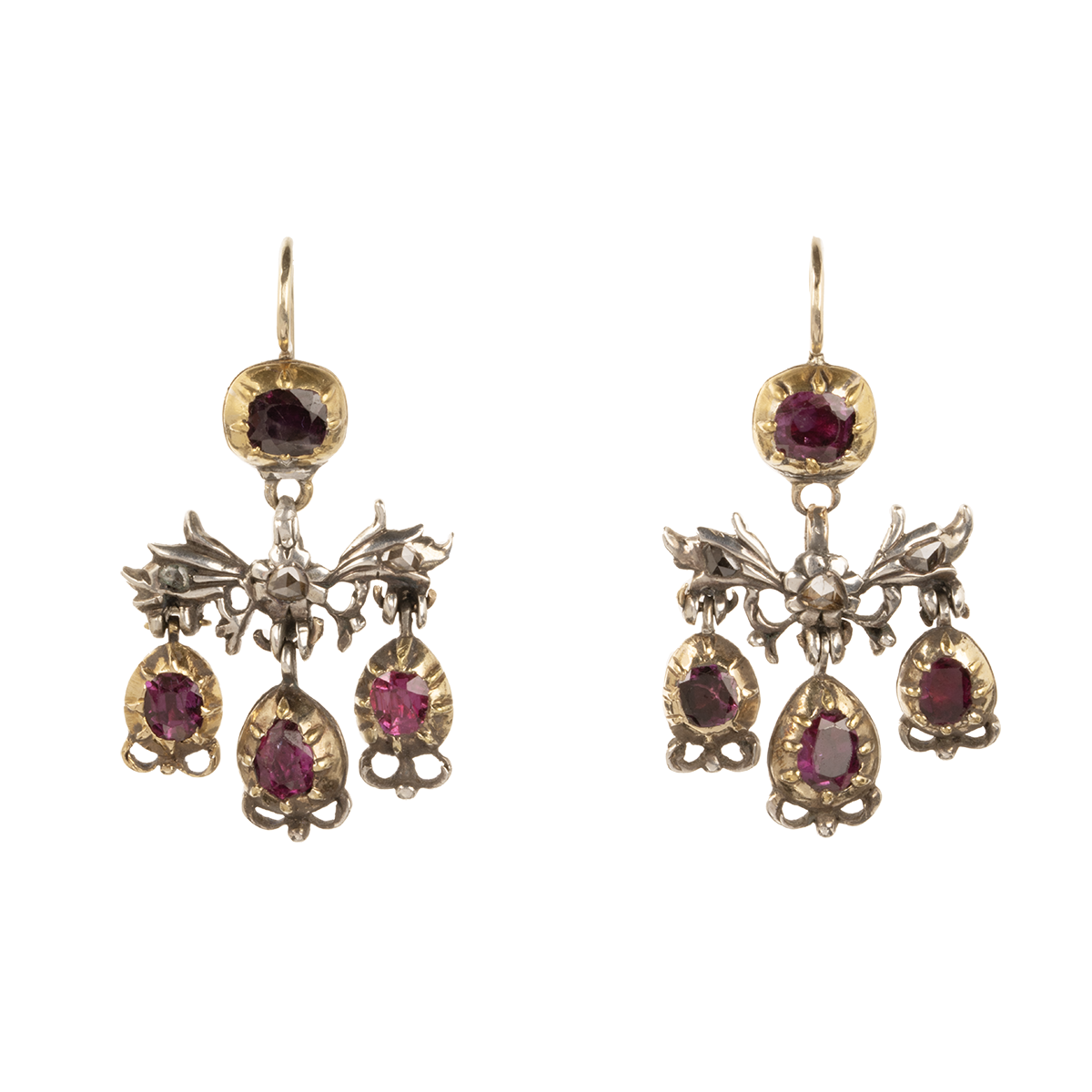
Georgian era ruby and diamond girandole earrings. Rose-cut diamonds are set into the central element in silver, while the ruby stones are set in 18k gold. Continental Europe, circa 1760.

